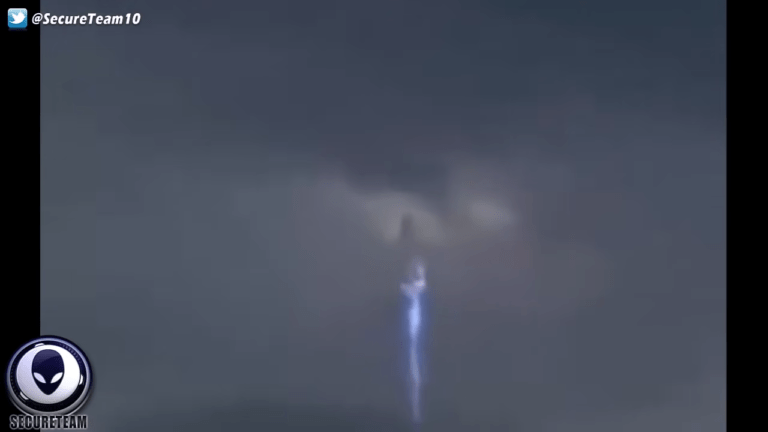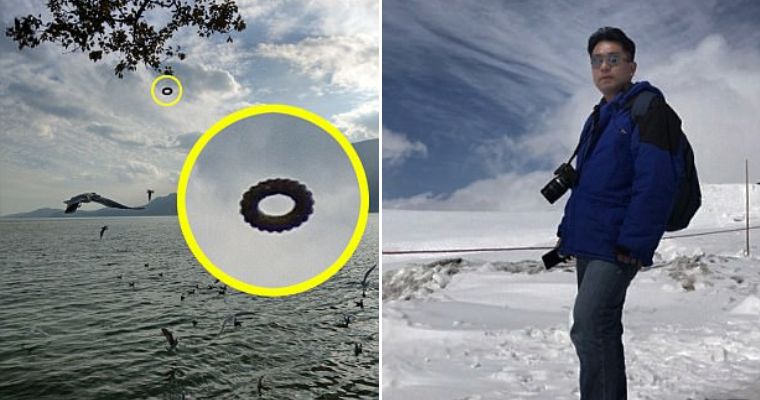Scientists are discovering more mutated fish, which may be the result of genetic abnormalities caused by overfishing.

This two-headed blue shark fetus was discovered inside its mother in 2008 off Australia.
Two-headed sharks may sound like a figment of the big screen, but they exist—and more are turning up worldwide, scientists say.
A few years ago off Florida, fishermen hauled in a bull shark whose uterus contained a two-headed fetus. In 2008, another fisherman discovered a two-headed blue shark embryo in the Indian Ocean.
And a 2011 study described conjoined twins discovered in blue sharks caught in the Gulf of California and northwestern Mexico. Blue sharks have produced the most recorded two-headed embryos because they carry so many babies—up to 50 at at time, says study leader Felipe Galván-Magaña, of the National Polytechnic Institute in Mexico.
Now, Spanish researchers have identified an embryo of an Atlantic sawtail catshark with two heads, according to a new study in the Journal of Fish Biology. While raising sharks for human-health research in the laboratory, a team noticed the unusual embryo in a see-through shark egg.
0:57
Watch: Meet what may be the oldest two-faced calf in the world.
The catshark embyro was not your average two-headed beast—it’s the first such specimen known from an oviparous shark species, or a shark that lays eggs.
Researchers opened the egg to study the specimen, and study leader Valentín Sans-Coma says it’s unknown whether the deformed animal would have survived. Because it’s the first such conjoined twin found in egg-laying sharks, its likely that such offspring don’t live long enough for people to find them.
Mutation Causes
Two-headed sharks have been few and far between, so it’s tough to know what’s behind the mutations. (See more shark pictures.)
Sans-Coma and colleagues say a genetic disorder seems to be the most plausible cause for the two-headed catshark, since the embryos were grown in a lab among nearly 800 specimens. To the best of their knowledge, the eggs were not exposed to any infections, chemicals, or radiation.
But wild sharks’ malformations could come from a variety of factors, including viral infections, metabolic disorders, pollution, or a dwindling gene pool due to overfishing, which leads to inbreeding, and thus genetic abnormalities. (See “New Diseases, Toxins Harming Marine Life.”)

Two-headed blue sharks are more common because the females have a lot of eggs—and thus more opportunity for abnormalities.
For another recent study, marine scientist Nicolas Ehemann examined two such specimens: A smalleye smooth-hound shark and a blue shark, found by fishermen off Venezuela’s Margarita Island. The animals, which would not have survived, are the first two-headed sharks found in the Caribbean Sea, according to Ehemann’s research bulletin.
Overfishing to Blame?
Ehemann, a master’s student at the National Polytechnic Institute in Mexico, believes that if the two-headed fetuses are more prevalent in nature, then overfishing is a strong culprit as it may cause the gene pool to shrink.

Most two-headed sharks don’t survive birth.
Galván-Magaña, who authored the 2011 study, doesn’t think two-headed sharks are more common—but rather that there are more scientific journals around to publish accounts.
Galván-Magaña has seen other bizarre sharks, too, including a “cyclops” shark, caught off Mexico in 2011, with a single, functioning eye at the front of its head. The dusky shark fetus’s single eye is the hallmark of a congenital condition called cyclopia, which occurs in several animal species, including people.
Meanwhile, Ehemann says shark deformities are a difficult topic to research because the specimens are so rare.
“I would like to study these things, but it’s not like you throw out a net and you catch two-headed sharks every so often,” he says. “It’s random.”



 0:57
0:57




